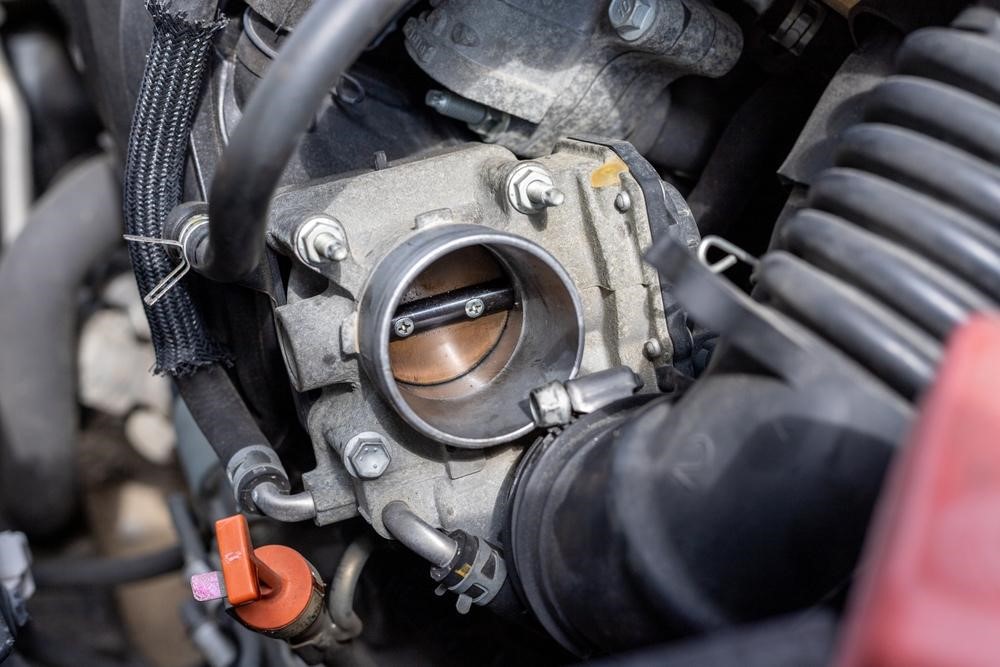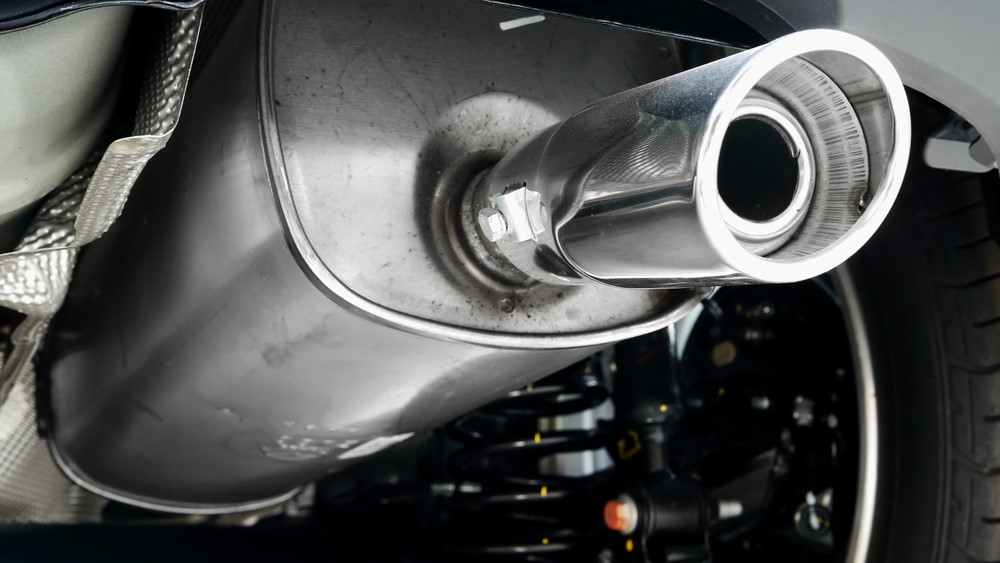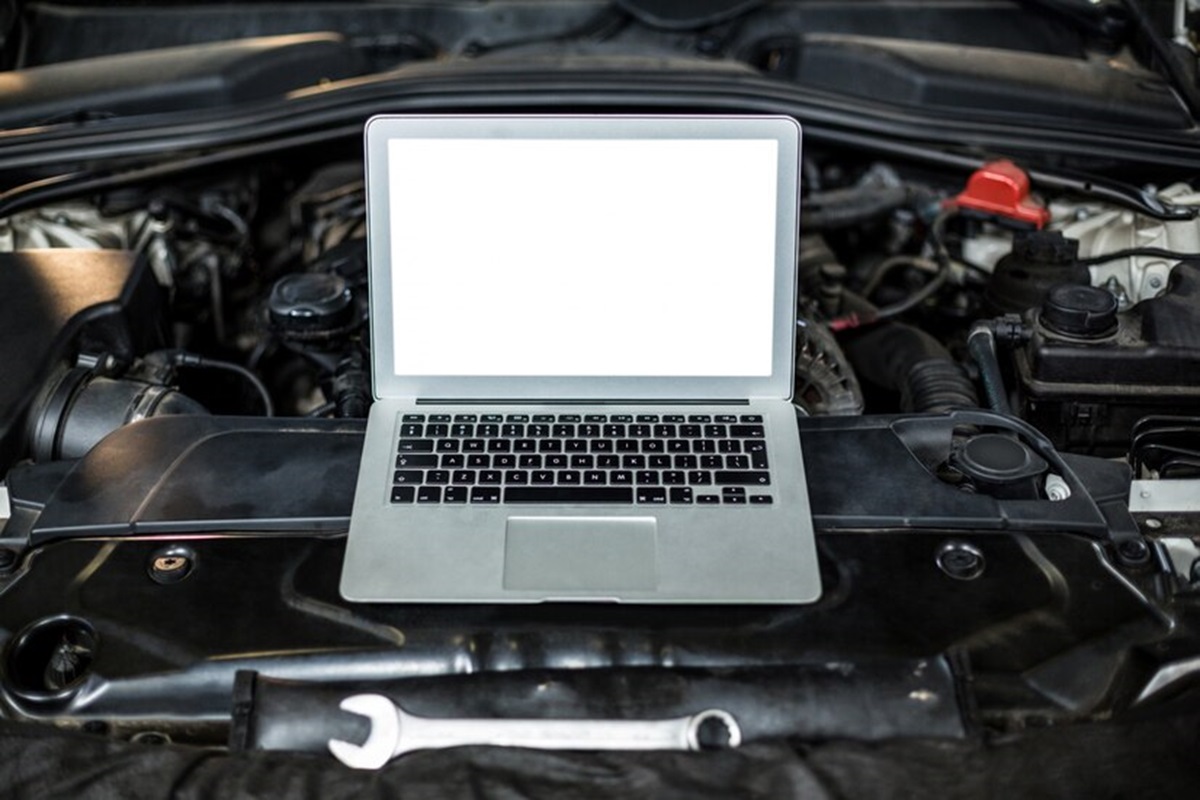Diesel engines are known for their horsepower, towing capacities and high low-end torque to move heavy loads from rest, but adding performance upgrades will take your truck’s specifications into the stratosphere. You can tow more, travel further and improve maintenance by swapping out a few components under the hood. However, every upgrade can change the mechanics of your vehicle, leading to new problems and considerations. Learn about the most popular diesel engine upgrades and how they affect performance.
Diesel Performance Upgrades 101
Diesel engines require precise levels of fuel, air and oil to maintain efficiency. This delicate balance must be preserved whenever you increase the amount of fuel or air going into the combustion chamber. More fuel requires more air and oil, and vice-versa. Regardless of how you want to modify your engine, replacing one system often means replacing another. Determine how these adjustments will affect other components to identify the right diesel parts to replace.
Fuel System Upgrade
You need more fuel to produce more power, but your factory build can only push so much fuel into the combustion chamber based on the size of the fuel injector pump and injectors that fire the compressed fuel as a fine mist.
You have two options for expanding your injection pump: purchase a second injection pump as a backup for the primary pump or modify your existing pump to draw more fuel by increasing the stroke of the piston. Early Powerstroke engines use oil pressure to drive more fuel to the injectors, so you’ll need to add a larger high-pressure oil pump instead. You can also add a lift pump with a fuel filter and water separator to increase fuel flow into the pump.
Once you’ve increased the supply, upgrade to larger diesel fuel injectors to get more fuel into the combustion chamber. High-flow injectors increase the firing capacity of each cylinder by up to 250%. You can enhance the nozzle injector to atomize the fuel just before firing so it burns faster. Expanding your fuel system capacity will increase power, but it also means consuming more fuel at higher RPMs.
Air Intake Manifold Upgrade
As more fuel enters the combustion chamber, the airflow needs to increase to maintain the ideal ratio. You can add an air intake kit to store air in the engine at colder temperatures. Cold air contains more oxygen than warm air, so the engine doesn’t need as much oxygen to maintain the same ratio. The upgraded system also has improved air filters to prevent clogs, which are easier to maintain than your factory set.
Source: GreenThumbShots/Shutterstock.com
Turbocharger Upgrade
Your diesel engine is likely already turbocharged. Most modern engines use turbos to increase fuel efficiency and horsepower by supplying the engine with more compressed air. However, adding a larger turbocharger with a wider intake valve will increase power.
Performance Exhaust
Once you burn more air and fuel, the engine needs to be able to dispose of it. A performance exhaust upgrade replaces the standard exhaust system with a wider manifold that fits more air or a separate manifold for each cylinder. Condensing all four or six cylinders into a single exhaust stream limits power output and the number of RPMs. Increasing the exhaust passageway gives the engine more room to exhale, so you can reach higher RPMs without damaging the engine. If you burn more fuel and air than the exhaust can allow, it can overheat the engine.
Upgrading the exhaust can also change the sound of your engine from a gentle purr to a deep rumble. You might also like having a hefty piece of steel or chrome jutting out the back of your ride.
You can purchase a performance exhaust kit compatible with your engine type or hire a manufacturer to custom-weld an exhaust based on your needs.
Source: M181/Shutterstock.com
ECM Reprogram
You reap the full rewards of these upgrades without reconfiguring the engine control module, which monitors and regulates the amount of oil, fuel and air circulating through the engine. It controls the various sensors and uses the readings to maintain the golden ratio based on the number of RPMs. Adjusting it allows the engine to produce more power, reach higher RPMs and circulate enough oil to maintain fuel pressure. The process costs several hundred dollars and will help you avoid overwhelming the engine or wasting money on fuel that doesn’t get translated into mechanical energy.
Have a professional reprogram the system to ensure the new ratio is compatible with your upgrades. Offsetting the ECM can also increase emissions, spreading dangerous pollutants throughout your workspace.
Your factory diesel truck was made with components that limit how much pressure, fuel, oil and air the engine can handle. They’re designed to maintain a set ratio regardless of speed or weight. Adjusting the fuel, oil or airflow will cause a ripple effect across various systems. Upgrade these interconnected parts in tandem based on your new specifications to keep your levels precise and efficient.
Featured Image Source: OlegRi/Shutterstock.com







